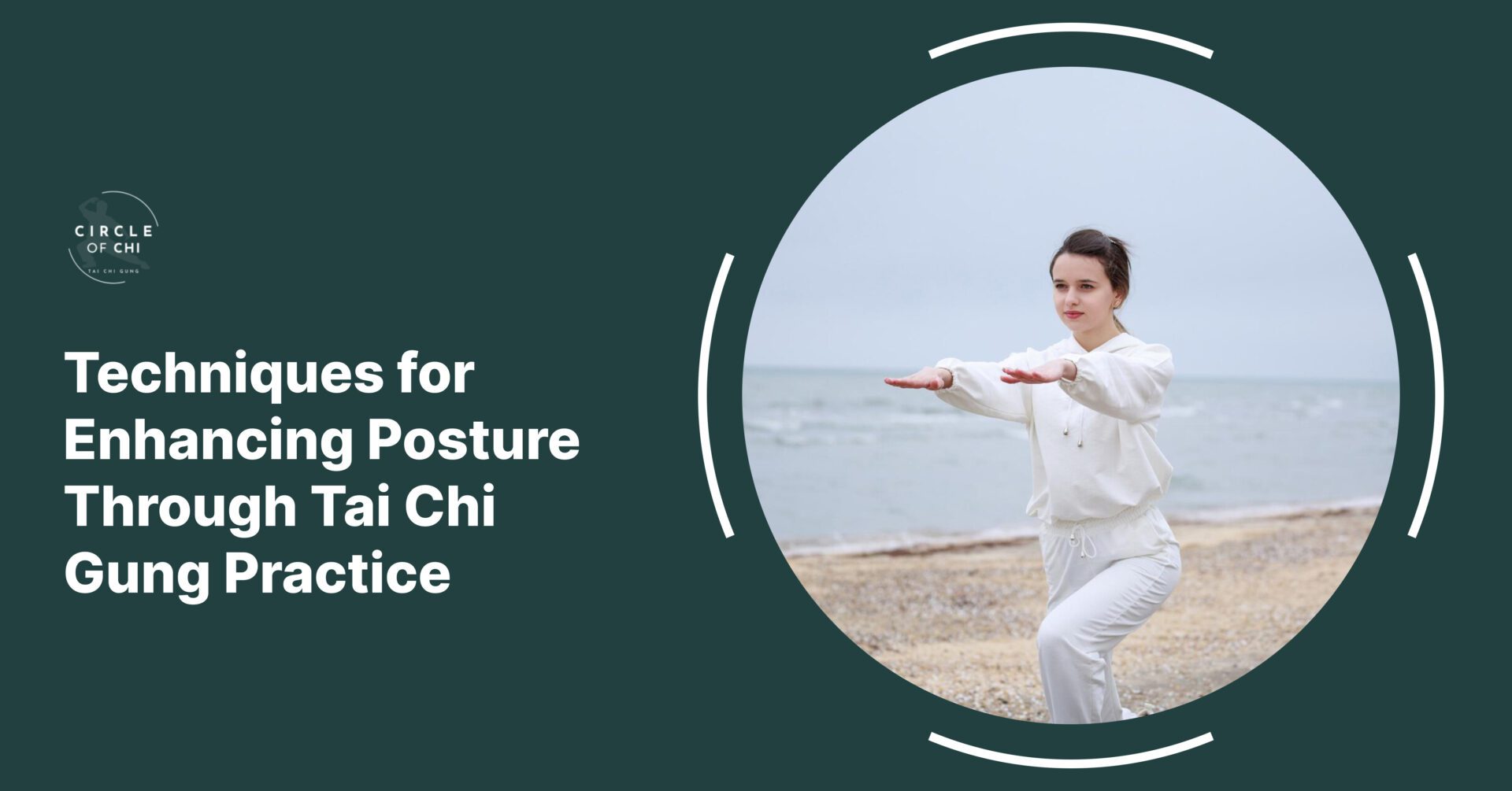Introduction
Tai Chi Gung, an ancient Chinese practice rooted in traditional medicine and martial arts, has gained widespread recognition for its ability to enhance overall wellbeing, including the improvement of posture. This gentle, low-impact exercise combines fluid movements, deep breathing, and mindfulness to create a holistic approach to health and wellness. In this article, we will explore various techniques and principles of Tai Chi Gung that can help you develop and maintain healthy posture.
The Importance of Good Posture
Poor posture can lead to a host of health issues, including chronic pain, reduced mobility, and even digestive problems. By incorporating Tai Chi Gung into your daily routine, you can improve your posture and alleviate these negative effects. Tai Chi Gung helps to strengthen the core muscles, increase flexibility, and promote better alignment, all of which contribute to improved posture.
Foundational Principles of Tai Chi Gung for Posture
Two key concepts in Tai Chi Gung that relate to posture are alignment and “rooting” or grounding through the feet. Proper alignment involves maintaining a straight spine, tucked chin, and relaxed shoulders, allowing for efficient movement and reduced strain on the body. Rooting refers to the idea of establishing a strong connection with the ground, which provides stability and balance.
Tai Chi Gung Stances for Postural Alignment
Tai Chi Gung incorporates various stances that help to promote proper alignment and improve posture. Three fundamental stances include:
- Wu Chi Stance: This neutral standing position serves as the starting point for many Tai Chi Gung exercises. It involves standing with feet shoulder-width apart, knees slightly bent, and arms relaxed at the sides.
- Horse Stance: A wider, deeper stance that strengthens the legs and core muscles, the Horse Stance is often used in transition between movements.
- Bow Stance: This stance requires one foot to be placed forward, with the majority of the weight on the back leg. It helps to develop balance and leg strength.
Bioenergetic Grounding Exercises in Tai Chi: A Comprehensive Guide
Grounding exercises, as discussed in our comprehensive guide, play a crucial role in maintaining good posture. These exercises help to establish a strong connection with the earth, promoting stability and balance. By incorporating grounding techniques into your Tai Chi Gung practice, you can improve your overall posture and reduce the risk of injury.
Tai Chi Gung Movements for Spinal Flexibility
Gentle spinal twists are a key component of Tai Chi Gung, helping to improve spinal flexibility and promote better posture. By incorporating these twists into your practice, you can alleviate tension in the back muscles and improve your range of motion, leading to a more upright and healthy posture.
Eco-Mindfulness Through Tai Chi: A Harmonious Journey
Mindfulness and body awareness, as explored in our article on Eco-Mindfulness through Tai Chi, are essential aspects of maintaining good posture. By cultivating a deep awareness of your body and its movements, you can more easily identify and correct postural imbalances. Tai Chi Gung encourages practitioners to be present in the moment, fostering a greater sense of mindfulness and self-awareness.
Breathing Techniques for Postural Support
Proper breathing is essential for maintaining good posture, and Tai Chi Gung places a strong emphasis on diaphragmatic breathing. By engaging the diaphragm and allowing the breath to flow deeply into the lungs, you can provide better support for your spine and core muscles. This type of breathing also promotes relaxation, reducing tension in the body that can contribute to poor posture.
Tai Chi for Pre- and Postnatal Care: A Gentle Way to Wellness for Expectant and New Mothers
Maintaining good posture is especially important during pregnancy, as the added weight and changes in the body can put extra strain on the back and core muscles. Tai Chi Gung offers a gentle, safe way for expectant and new mothers to maintain good posture and alleviate discomfort. Our article on Tai Chi for pre- and postnatal care provides valuable insights into how this practice can benefit women during this special time.
Partner Exercises for Postural Feedback
Working with a partner can provide valuable feedback on your posture and help you identify areas that need improvement. Push hands, a partner exercise in Tai Chi Gung, involves gently pushing and yielding to your partner’s movements. This exercise helps to develop sensitivity, balance, and an awareness of your own body’s alignment.
Tai Chi for Digital Detox: Focusing on Reducing Screen Time and Enhancing Mental Health
In today’s digital age, many people spend long hours in front of screens, leading to poor posture and related health issues. Our article on Tai Chi for digital detox explores how this practice can help counteract the negative effects of excessive screen time. By incorporating Tai Chi Gung into your daily routine, you can improve your posture, reduce eye strain, and enhance your overall mental health.
Integrating Tai Chi Gung into Daily Life for Postural Maintenance
To maintain the postural benefits of Tai Chi Gung, it’s important to integrate the principles and techniques into your daily life. This can include practicing “micro-practices,” short exercises that can be done anywhere, such as seated spinal twists at your desk or standing hip openers while waiting in line. By incorporating these small movements throughout your day, you can support your posture and alleviate tension.
The Art of Movement: Crafting Your Tai Chi Exercise Routine with Circle of Chi
Developing a personalized Tai Chi Gung routine is key to achieving your postural goals. Our article on crafting your Tai Chi exercise routine with Circle of Chi provides valuable insights into creating a practice that suits your individual needs and preferences. By exploring the resources offered by Circle of Chi, you can deepen your understanding of Tai Chi Gung and its benefits for posture.
Progress and Patience in Postural Transformation
It’s important to remember that improving posture through Tai Chi Gung is a gradual process that requires patience and persistence. Celebrate your progress, no matter how small, and be kind to yourself as you work towards your goals. With regular practice and a commitment to self-care, you can experience the many benefits of Tai Chi Gung for your posture and overall wellbeing.
Conclusion
Tai Chi Gung offers a holistic approach to improving posture, incorporating physical movements, breathing techniques, and mindfulness practices. By exploring the various techniques and principles discussed in this article, you can develop a deeper understanding of how Tai Chi Gung can benefit your posture and overall health. Start your journey towards better posture today by incorporating Tai Chi Gung into your daily routine.
Additional Resources
To further your understanding of Tai Chi Gung and its benefits for posture, explore instructional videos and articles from reputable sources. Circle of Chi offers a wealth of resources to support your practice, including detailed guides and expert insights.
About Circle of Chi
Circle of Chi is dedicated to promoting the practice of Tai Chi Gung and its many benefits for health and wellbeing. Our mission is to make this ancient practice accessible to everyone, regardless of age or fitness level. We offer a range of resources, including instructional videos, articles, and personalized guidance, to support you on your Tai Chi Gung journey.
Invitation to Connect
We invite you to join the Circle of Chi community and connect with like-minded individuals who share your passion for Tai Chi Gung. Follow us on social media, sign up for our newsletter, and explore our website to access exclusive content and stay up-to-date with the latest news and offerings from Circle of Chi. Together, we can cultivate a deeper understanding of Tai Chi Gung and its transformative power for mind, body, and spirit.

